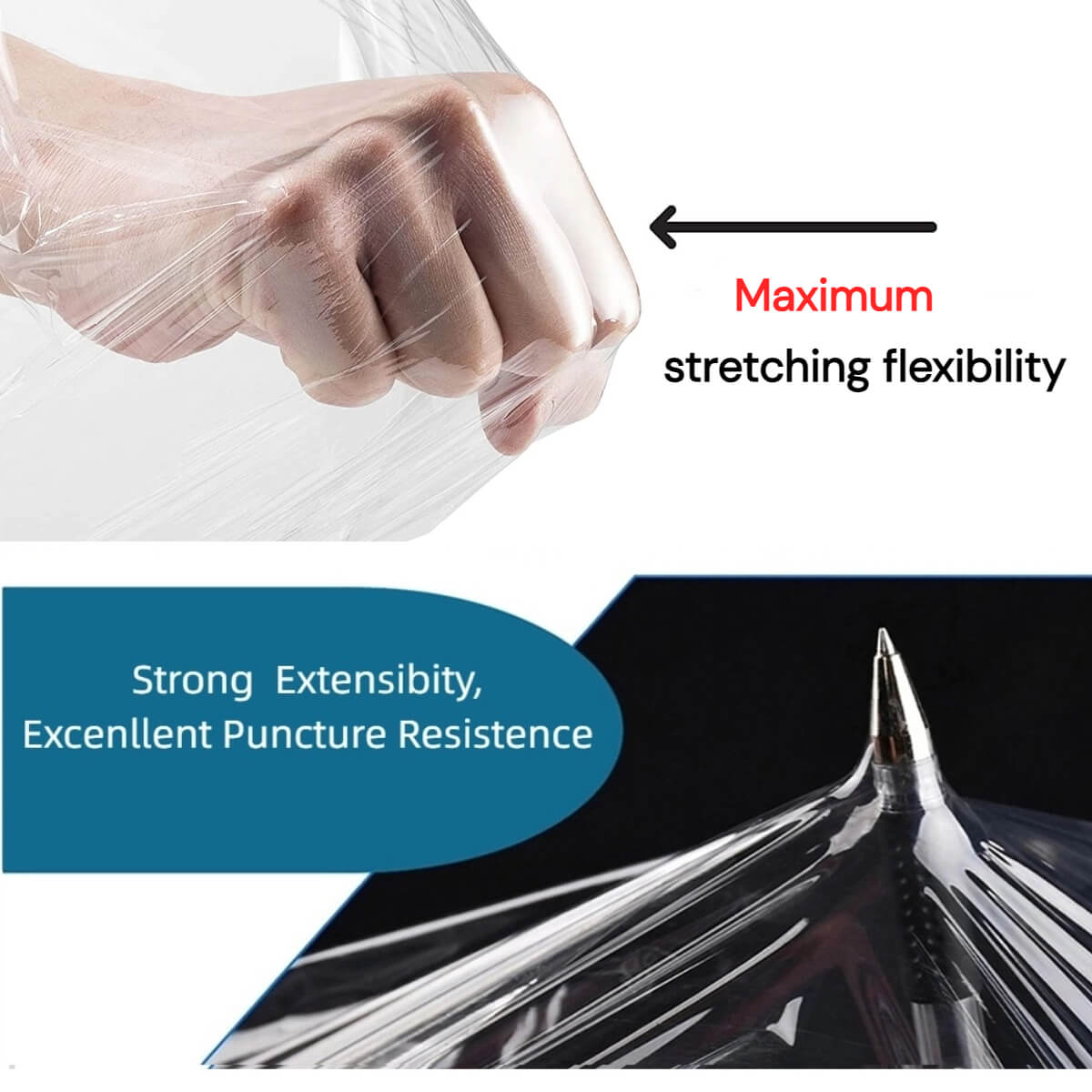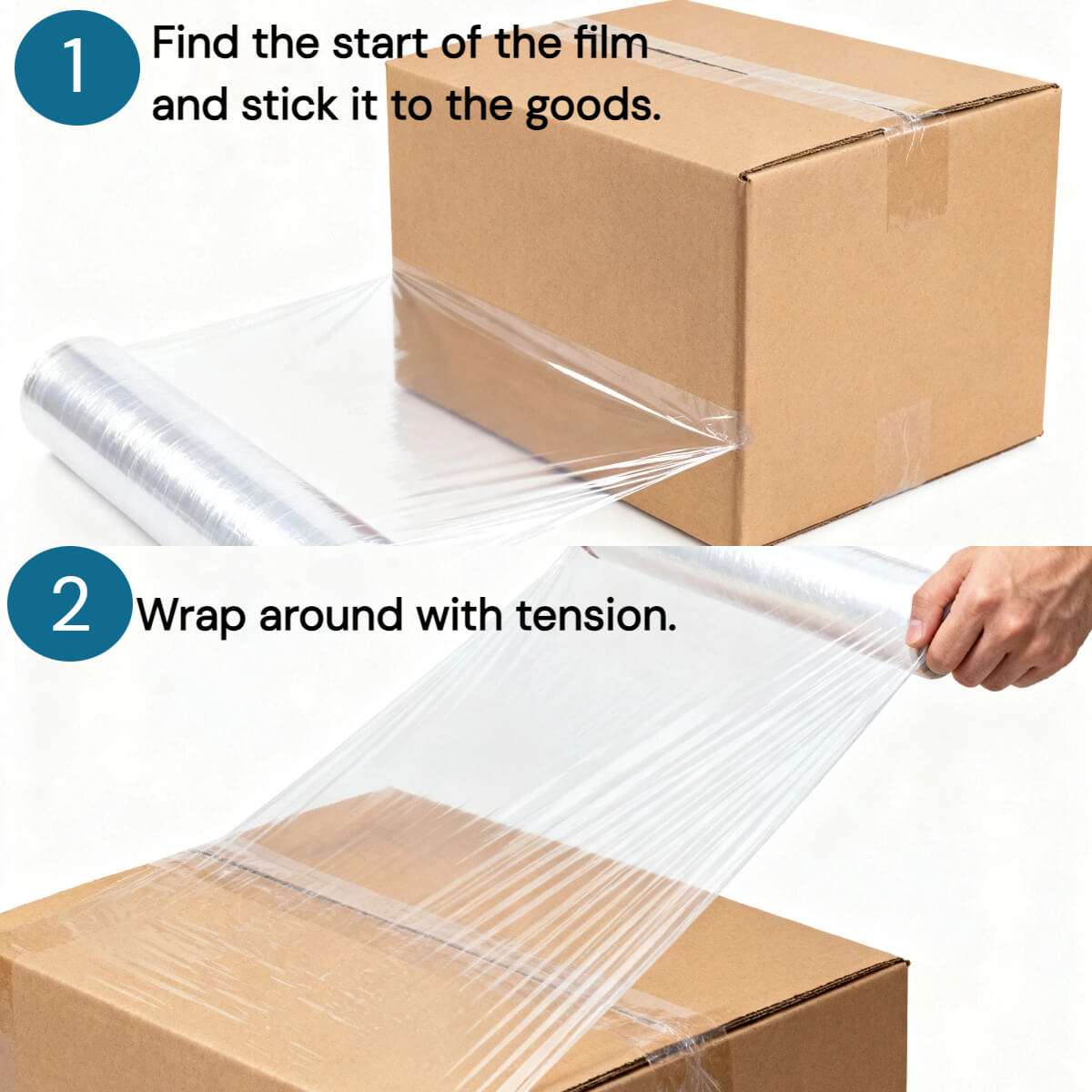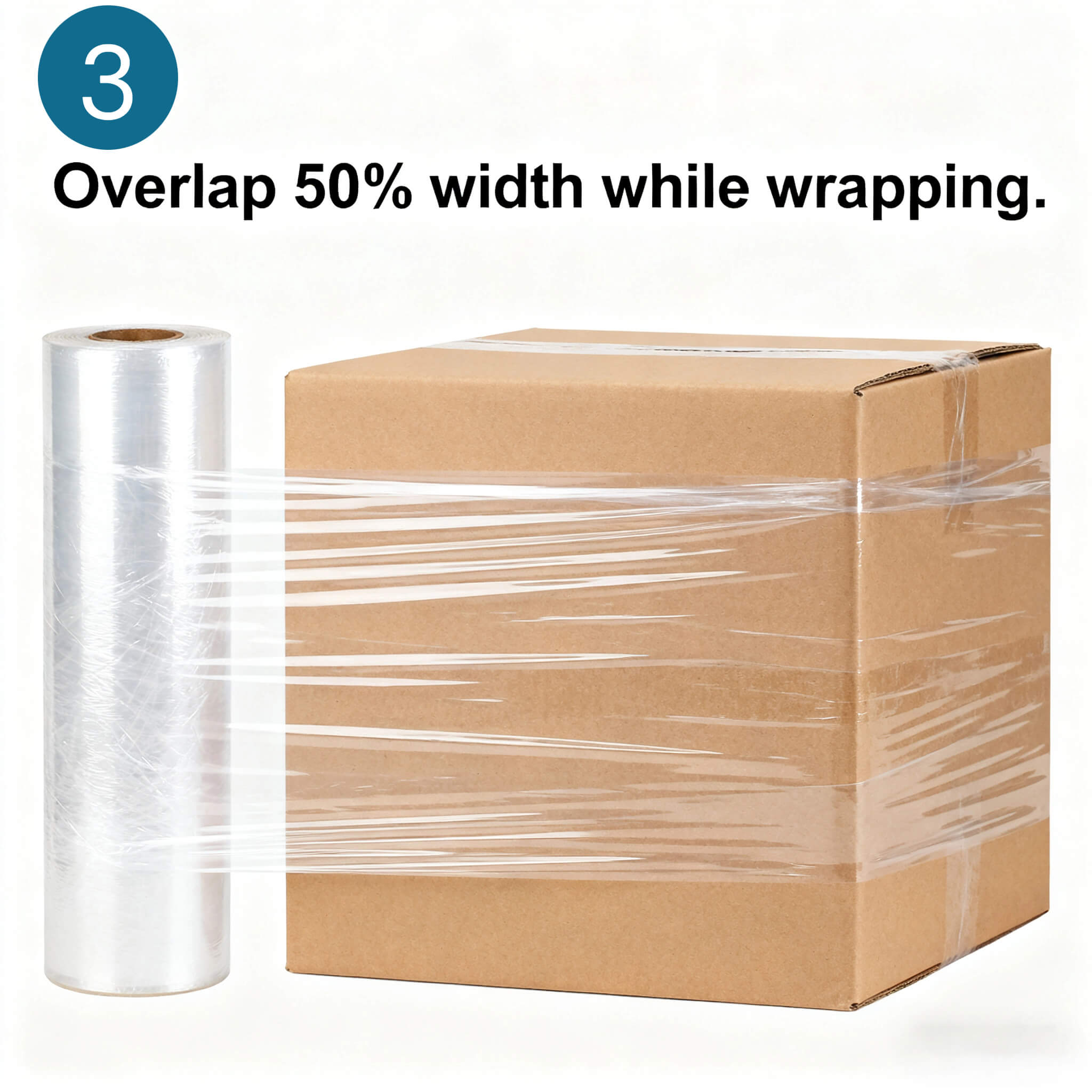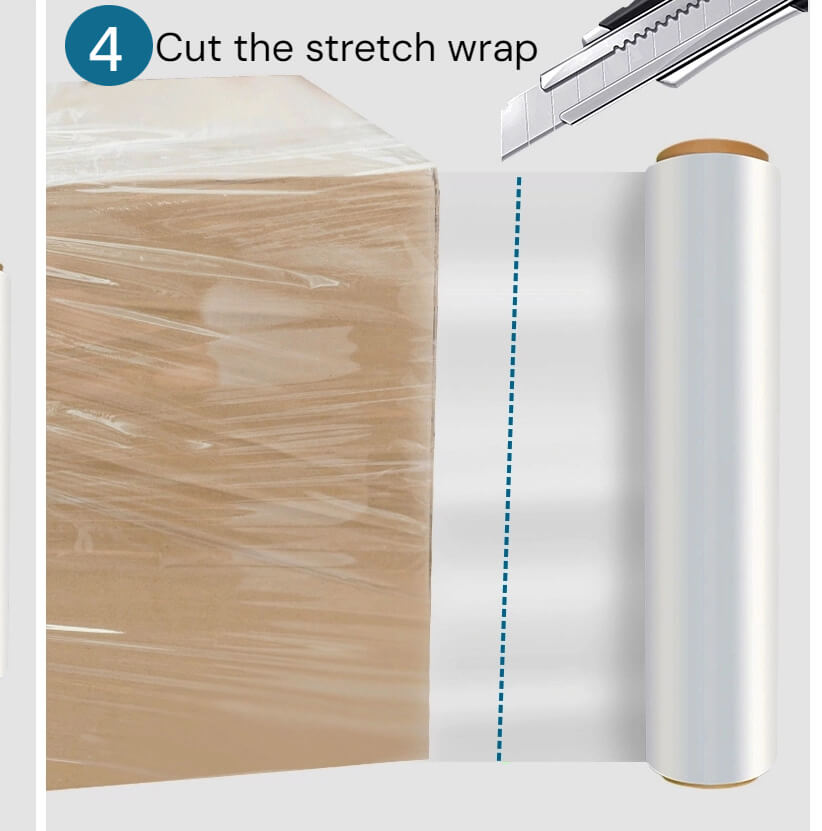The stretch film industry is evolving rapidly, driven by sustainability demands, technological advancements, and shifting logistics needs. As businesses seek cost-effective, eco-friendly, and high-performance packaging solutions, understanding the latest trends can help you stay ahead.
In this blog post, we’ll explore:
✔ Key market growth projections for stretch film in 2025
✔ Latest technological innovations, including ultra-thin and smart films
✔ Sustainability trends, such as recyclable and bio-based materials
✔ Industry-specific applications boosting demand
✔ How to choose the right stretch film for your business
1. Stretch Film Market Growth in 2025
The global stretch film market is projected to reach $67.1 billion by 2032, growing at a CAGR of 5.27% from 20252. Key factors driving this expansion include:
-
E-commerce boom: Increased demand for secure packaging in logistics.
-
Automation in warehouses: More companies adopt machine stretch wrapping for efficiency.
-
Food & beverage sector growth: Stretch film ensures freshness and tamper-proofing.
Regional Insights:
-
Asia-Pacific dominates with 36.68% market share (2024) due to manufacturing growth2.
-
North America sees strong demand from retail and cold chain logistics7.
2. Technological Innovations in Stretch Film
A. Ultra-Thin & High-Performance Films
-
Reifenhäuser’s EVO Ultra Stretch technology produces 18µm PE films, the thinnest yet strongest on the market, reducing material use while maintaining durability1.
-
Nano stretch films (55-layer polymers) offer superior puncture resistance with 30% less material2.
B. Smart Stretch Film (IoT-Enabled Packaging)
-
RFID & sensor-integrated films track shipments in real-time, improving supply chain visibility8.
-
Self-healing films automatically repair minor tears, reducing waste8.
3. Sustainability: The Push for Eco-Friendly Films
With plastic regulations tightening, manufacturers are innovating:
-
Mono-material PE films: Fully recyclable, replacing multi-layer composites1.
-
Bio-based & biodegradable films: Emerging as alternatives to traditional LDPE10.
-
Pre-stretch technology: Reduces film usage by 30%, lowering costs and waste2.
Did you know?
➜ SIBUR’s new mLLDPE grade enhances recyclability while maintaining strength, ideal for FMCG packaging10.
4. Industry-Specific Demand Surges
| Industry | Key Use Case | Growth Driver |
|---|---|---|
| Logistics & E-commerce | Pallet wrapping for secure shipping | Rising online retail & automation |
| Food & Beverage | Fresh produce packaging | Demand for extended shelf life |
| Agriculture | Silage & hay bale wrapping | Increased farming efficiency |
| Construction | Heavy material bundling | Infrastructure development |
5. How to Choose the Right Stretch Film in 2025
When selecting stretch film, consider:
✅ Load Type (lightweight vs. heavy-duty)
✅ Thickness (15µm-80µm for different applications)
✅ Material (LLDPE for stretchability, PP for clarity)
✅ Sustainability (recyclable, bio-based options)
Pro Tip:
➜ Machine-grade films save 40% more material than manual films, ideal for high-volume operations2.
Final Thoughts: The Future of Stretch Film
The stretch film industry in 2025 is shaped by:
✔ Thinner, stronger films (like EVO Ultra Stretch & nano films)
✔ Smart packaging (IoT, RFID tracking)
✔ Sustainability shifts (mono-PE, biodegradable options)
For businesses, adopting these innovations can cut costs, improve efficiency, and meet eco-compliance.
Need the best stretch film for your needs? Explore our Shopify store’s selection for high-performance, sustainable options!
Optimize your packaging strategy today—stay ahead with the latest in stretch film technology!
📘 Want the full guide? Click here to download Market Growth: Smart Tech & Eco Solutions





0 comments